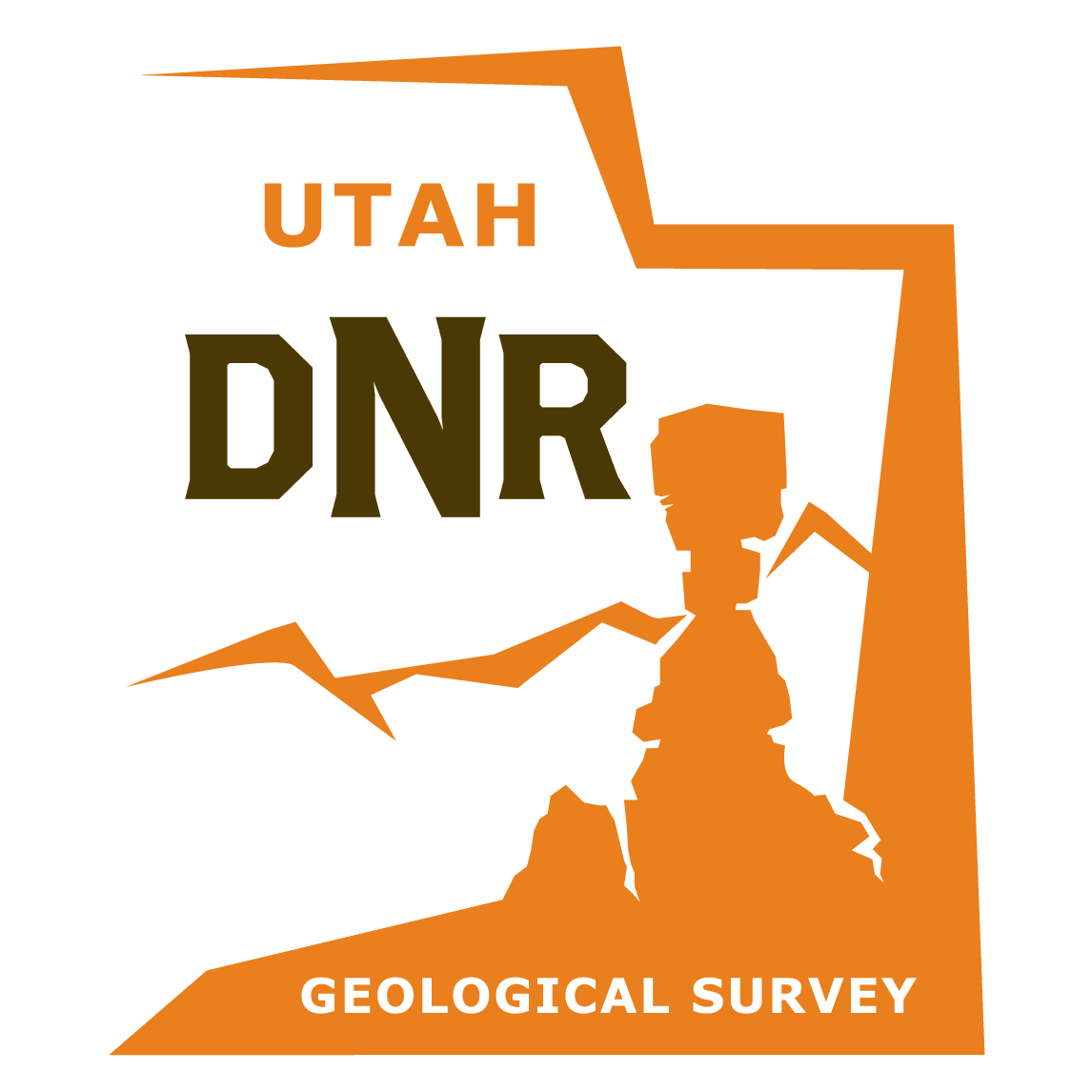Last Thursday the Utah Geological Survey participated in the More Kids in the Woods outdoor program, an education initiative designed to bring underserved, urban, and diverse children and adolescents to the forests to spark curiosity, exercise, and connect the next generation with nature. The week-long event is chock-full of activities set up by scientists from many fields in the Earth sciences, emphasizing conservation, stewardship, science, technology, engineering, and mathematics. On our trip with middle school students we traveled to Big Cottonwood Canyon and Silver Lake to explore geology, forestry, and aquatic biology.
More Kids in the Woods is a new nation-wide program spearheaded by the U.S. Department of Agriculture/U.S. Forest Service and in the Uinta-Wasatch-Cache National Forest, partnered with some dozen other organizations including The University of Utah, Cottonwood Canyons Foundation, and Bad Dog Art.

Students examine rainbow trout from Silver Lake.

Students study air photo interpretion by using photos of the Silver Lake area to identify vegetation types followed by ground truthing on a hike.

A cartographer from the U.S. Forest Service reviews with students and instructors.
 Bluffs of Entrada Sandstone above Wahweap Bay on Lake Powell, Kane County, Utah
Bluffs of Entrada Sandstone above Wahweap Bay on Lake Powell, Kane County, Utah











